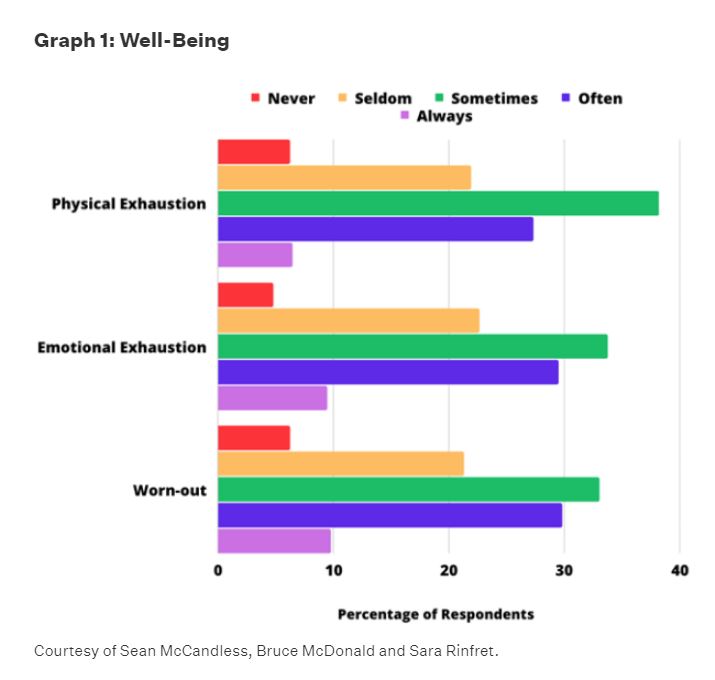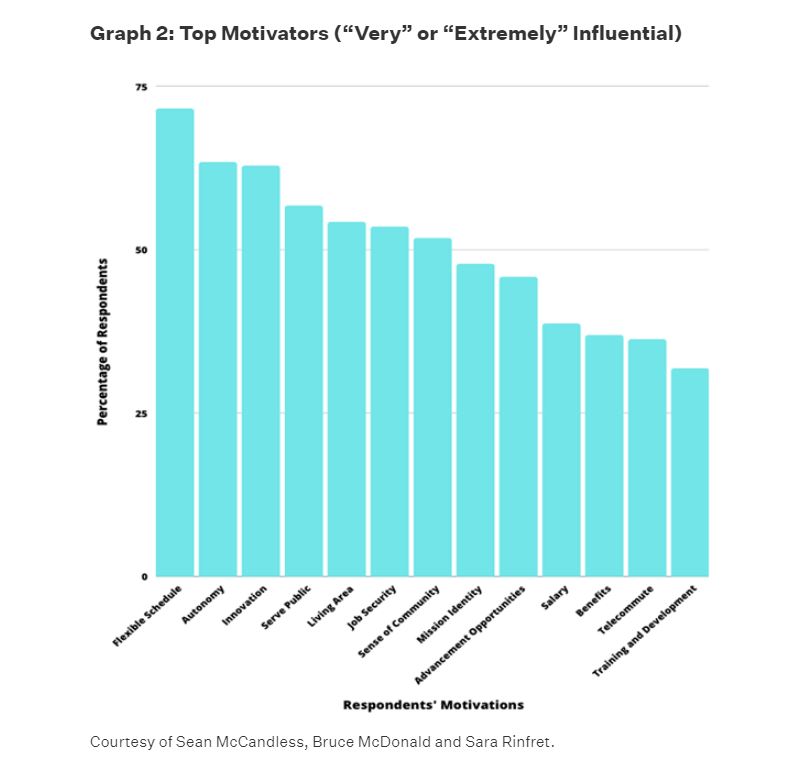As the mental health care provider shortage continues throughout the United States, faculty and staff at higher education institutions feel increasingly responsible for students’ mental health and well-being.
According to a national survey by TimelyCare, which was taken by more than 500 faculty and staff members at public and private four-year and two-year colleges and universities, more than half (53%) have considered leaving their jobs due to burnout, increased workload, and stress. Part of the problem is the vast majority (76%) feel supporting students’ mental health has become a job expectation.
A Healthy Minds Study (HMS) Faculty/Staff Survey, distributed from Sept. 2022 to May 2023, found that 90% of faculty agree that “student mental health is significantly worse now than when they began their careers.” Another 72% reported having had one-on-one conversations with a student about their mental or emotional health in the past year.
Nearly 50% of faculty also said supporting those students has “taken a toll on my own mental and emotional health,” and 81% feel their institution should be investing more resources to support faculty and staff mental health and wellbeing.
“The weight of faculty and staff burnout and stress threatens the foundation of higher education. When faculty and staff are struggling, it’s hard for them to support students to their fullest potential,” said Dr. Bob Booth, Chief Care Officer of TimelyCare. “To build a resilient generation of future leaders, we must ensure that all campus employees receive the support they need and deserve.”
Telehealth for Students, Faculty Increasingly Common on College Campuses
In the TimelyCare survey, 60% of faculty reported issues such as stress, anxiety, or depression, while 80% said they felt the same level or more stressed/anxious than this time last year. When asked what would improve job satisfaction, three in four survey-takers said more mental health offerings. Peer-to-peer support and virtual counseling/therapy were the top two mental health resources employees would like but are not currently being offered at their institutions.
While convenient, the adoption of telehealth at college campuses has also grown out of necessity for both students and faculty. Rates of anxiety, depression, and suicidal ideation on college campuses are at an all-time high. More than 60% meet the criteria for at least one mental health problem — a nearly 50% increase since 2013, according to a 2023 Health Minds survey.
Compounding the continued surge in mental health struggles, a Dec. 2023 study from Access Across America found roughly two-thirds of all Americans with a diagnosed mental health condition were unable to access treatment.
Another recent survey by Inside Higher Ed found about 65% of college presidents indicate they plan to increase their institution’s capacity to meet the mental health needs of students, staff, and faculty members — a smart move since another recent study from TimelyCare found nearly 60% of college students received mental health care during their K-12 years.
Earlier this year, New Jersey partnered with a private firm to provide telehealth counseling services to college students in the state, reports NorthJersey.com. Ohio University and the University of Kentucky also offer online therapy, as does the University of Southern California (USC), which has been doing so since 2012.
College Faculty Are Emotionally Exhausted

Source: Inside Higher Ed, Walking Faculty Back from the Cliff
Other recent statistics emphasize the need for college campuses to act quickly in improving employee well-being. According to Inside Higher Ed’s 2022 Survey of College and University Chief Academic Officers, 19% of provosts say faculty members are leaving at significantly higher rates than in the past. Another 60% say they are leaving at somewhat higher rates.
While multiple factors contribute to the decline, including politics, another Inside Higher Ed survey from Feb. 2023 found that 38% of faculty members often or always feel emotionally exhausted. Additionally, 33% say they often or always feel physically exhausted, and 40% often or always feel worn out.
Similarly, the HMS survey found that 64% of faculty feel burned out because of work either somewhat (30%), to a high degree (19%), or to a very high degree (15%). Burnout was higher among women (69%), and, comparatively, a higher proportion of faculty at four-year institutions (68%) felt burned out than at community colleges (54%).
The survey also found that out of all professors and instructors, 58% noted the job had taken a toll on their mental or emotional health — and it shows…literally. A joint Inside Higher Ed and College Pulse survey found students have noticed increased signs of stress among their professors. In spring 2022, more than a third reported having at least one current professor who appears disorganized and stressed about managing the job.
College Students Seek More Connections with Faculty
Adding to increased stress among professors, the same survey found a significant percentage of students want to make more meaningful connections with their professors outside of course content delivery. Among those desires is a willingness to listen to personal issues/consider accommodation requests (45%) and help with navigating college life (28%). Students are also seeking:
- Introductions to people working in fields of interest (57%)
- Advice on choosing a career direction (54%)
- Help landing an internship or a first job (47%)
Time and time again, connections between students and a trusted adult, both in K-12 and higher education settings, have proven to improve student well-being and subsequently mitigate violence. But how can professors make those meaningful connections while balancing the other requirements of their job and their personal lives?
How to Combat College Faculty Burnout

Source: Inside Higher Ed, Walking Faculty Back from the Cliff
Top motivators for college faculty to stay in the profession, according to Inside Higher Ed, include:
- Flexible schedule
- Job security
- Sense of community
- Advancement opportunities
- Salary
- Benefits
- Training and development
Two webinars, “Faculty and Staff Burnout: What To Do About It” and “Faculty Engagement and Wellbeing”, hosted by the American Council on Education (ACE), found similar motivations among its panelists, with increased pay as the most expensive starting point but likely the most effective. The council recommends looking at data sources, such as CUPA-HR, to determine if your institution is paying fairly.
“I wish my university would [conduct a study on] the number of faculty who are housing and food insecure or study faculty mental health—both are problems on my campus mostly due to the low pay,” said a Feb. 2023 Inside Higher Ed survey-taker. “In my group of colleagues, not all in my department or field of study, the majority of us have side gigs to earn extra money to make ends meet, and we’re full-time with tenure.”
For most industries, the pandemic proved that flexibility is not mutually exclusive to productivity, and having flexibility can allow for a better work-life balance. Faculty are seeking flexibility in their schedules, and ACE notes students are as well, so there is opportunity and space to satisfy both parties.
During these webinars, the importance of faculty development, workplace practices, and simple recognition of one’s hard work were also discussed.
ACE also created a free download, “Addressing Burnout Through Cultural Change: How Leaders Can Stem Attrition and Support Employees,” which can be viewed here.













